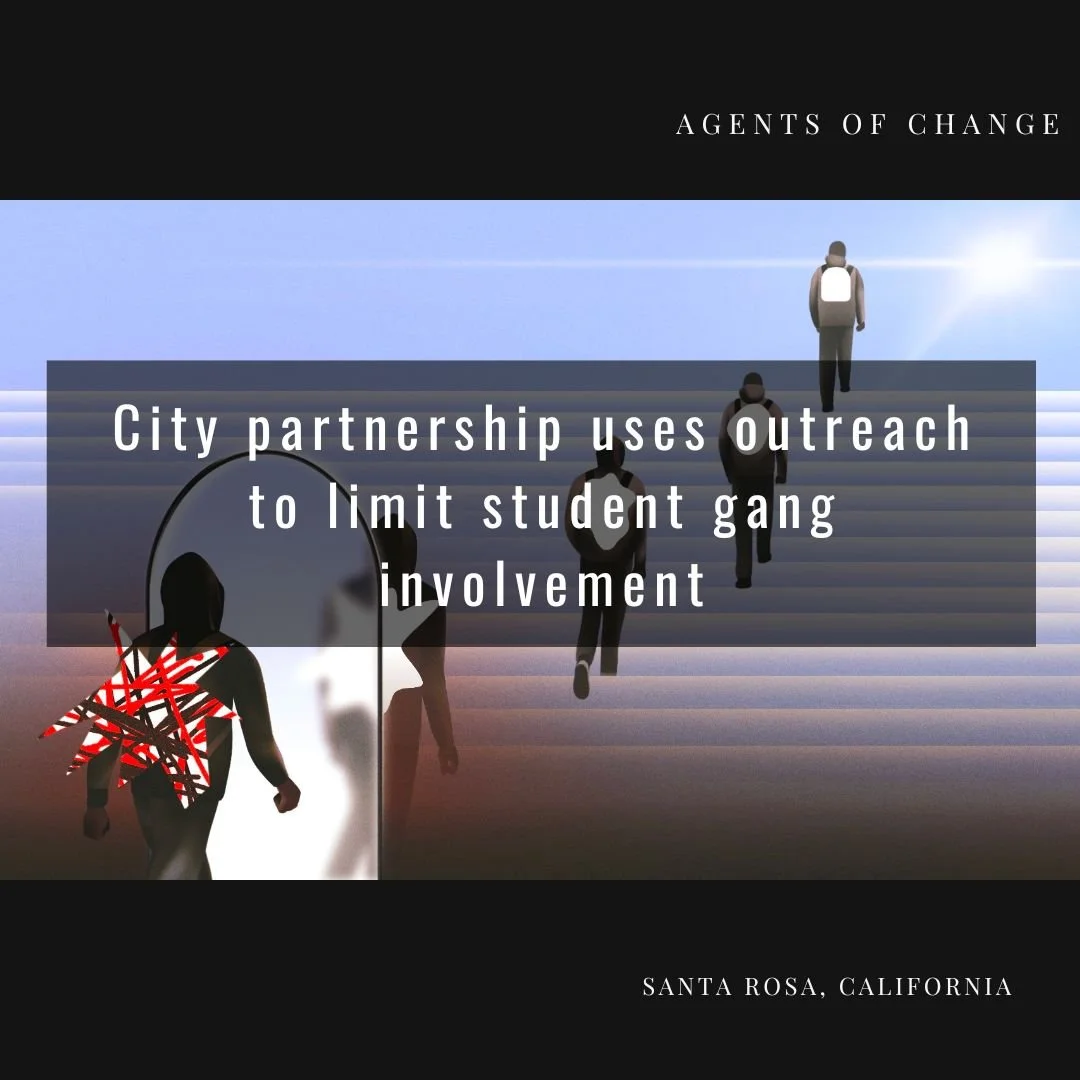ALR Global transforms the user experience with audience development strategy, copy editing and storytelling services. Rooted in journalistic integrity, we help newsrooms create content that resonates, engages, and scales—powering the future of digital media
About the founder
Alexis L. Richardson
Transforming stories, publications, and organizations with a seamless user experience in mind, I bring a combined 20+ years of expertise in digital strategy, user engagement, copy editing, media instruction and cultural competence. I specialize in audience growth, creating inclusive content strategy, leading editorial teams and developing emerging voices. My global perspective is shaped by working across diverse cultural and socioeconomic settings in the U.S. and internationally.
My journey from newspaper photojournalist to trained copy editor includes teaching rhetorical analysis, travel / lifestyle editing and establishing brand style guidelines. Content strategy and audience development are my current sweet spot, after five years doing so at The Mom Edit. I work as a pop-up Digital Editor with NPR's Next Generation Radio and as a workplace culture facilitator at Headway Training. Past roles include Chief Innovation Officer for a daily lifestyle blog, co-manager of a remote team of 160 writers across the globe, journalism instructor and ELA Department Head at a premier international school.
Key expertise:
Digital content strategy and audience development
Coaching and mentoring writers and reporters
Editorial leadership and quality assurance
Cultural competency and inclusive storytelling
Search engine optimization, trend forecasting and analytics
When I’m not wordsmithing or workshopping, you can find me in a confab, parenting my kiddo, on a yoga mat, in a dance class or in the bike lane. Spilling the astrological tea is also on my agenda. Whatever I’m doing, I’d rather be doing it outside.
NPR’s Next Generation Radio - Digital Editor
I developed many of the current workflows the digital editors currently use during NPR’s Next Generation Radio, a week-long, pop-up audio and digital journalism training project. Digital editors guide reporters in the process of conceptualizing and executing a multimedia presentation, and liaise with other editors to manage progress. We edit and layout the final product.
Agents of Change - Editor & Web Producer
I had the pleasure of working as an editor with The GroundTruth Project and Report for America journalists telling stories through a solutions lens. Agents of Change: Community Efforts to Overcome Racial Inequities is an editorial series created with support from the W.K. Kellogg Foundation that highlights how local initiatives address racial inequalities through grassroots approaches.
The Mom Edit -
As content strategist, SEO copy editor and Chief Innovation Officer, I helped solidify the blog’s reputation for being “more than just fashion.” We launched the Sustainable Style, and Small and Black-owned Business hubs at a time when readers expected social responsibility. I spearheaded the workflow for our YouTube channel, maximizing traffic when audiences were increasingly turning to video. I optimized Pinterest for search, making it a leader in organic reach for TME.
Starting out as a part-time copy editor, I taught myself most aspects of my job, including search engine optimization, analytics and trend forecasting. I always joked with people that “I didn’t do the fashion,” and for the most part, I didn’t. One of the ways I diversified content at The Mom Edit was by writing an issues-oriented column called “Unpacking With Lex.” Some readers didn’t always enjoy what I had to say, but liking societal realities wasn’t the point—expanding the audience was.
(*The voice of the blog was intended to be “not-too-serious” and with a few exceptions, articles—regardless of topic—were required to adhere to that style.)
Hotel Editorial Project
At Moravia (now RWS), I was a standout quality control editor (QCer) for the Hotel Editorial Project. An exercise in the balance between accuracy and speed, I developed a number of processes and workflows to improve freelancer quality while we produced descriptions for every eligible lodging in the world, writing in an objective tone for the average global user.


































